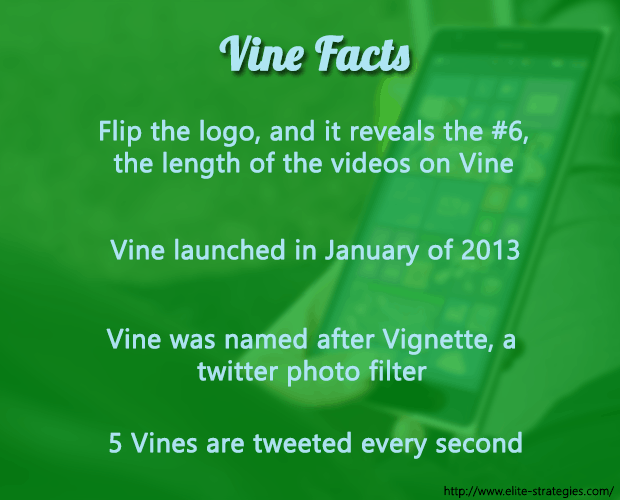When Twitter announced the end of the Vine era, the news didn’t send shock waves through the content marketing community. In fact, for many, being reminded what ‘Vine’ meant was a eureka moment – Ah, THAT Vine?!

October 2016 saw the demise of a video sharing service Twitter users had enjoyed for over three years. Acquired in 2012, Vine made headlines and was in the spotlight for several months. Back then, mobile video was such a battery draining and phone data plan price hiking feature that mobile users steered clear of it. That is, until Periscope and Facebook Live took to the stage. From that point on, Vine video broadcasting users bid it farewell, and never looked back.
With third-quarter revenues below sea level, Vine’s days are numbered. In a blog post dated October 27, Twitter promises to cut the cord with the realm of ‘beautiful, looping videos’ ‘the right way’. In other words, it will let its users ‘mourn’ it properly.
The general reaction from the public hasn’t been one of overwhelming disapproval, but rather a sad ‘Awww…too bad’. Some Vine users have reacted to Twitter’s decision to shut it down by sharing a nostalgic suite of clips dear to their hearts. Yet, there seems to have been an unspoken acknowledgment among online media platform users that giving up on 6-second video loops is really nothing to cry about. Why is that? Because six seconds simply won’t do for inspiring material, so people had no practical use for it.
Also, until June 2016, users weren’t compensated for sharing vines that became popular. So, they did it just for the fun of it. In other words, not only did vines not teach or influence others in any way, but they also came without a single financial incentive for users to continue using and promoting the service.
Moreover, six seconds aren’t enough for content marketing. No business out there can promote its product or service in less than the time it takes a narrator to say T&Cs at the end of a commercial. That kind of video is simply not worthy of the product.

So, Vine was not only pointless to the hoards of people who do online surfing expecting to see engaging material, but also worthless to businesses. And business nowadays is all about millennials shopping online.
Vine’s failure to adapt to an emerging trend is perplexing. After all, it was launched at the beginning of 2013. That was a year when virtual reality eyewear and various other technological innovations opened doors to brand new types of marketing. Virtual reality app With.in is a fine example of content marketing reaching countless of users. Accessed on mobile phones, the experience is engaging, immersive and discreetly promotional. It enables users to view and live within a music video, to explore the world, and to witness the work of NGOs, among others.
Had Vine been able to offer a way for users to experience these loops in virtual reality, perhaps it would still be with us ten years from now. The idea is far-fetched, and it doesn’t address the main drawback, which is that the videos are too short. But ultimately, it’s disappointing to witness the demise of a company that reached these many users, with this feeling that it simply didn’t try hard enough.




